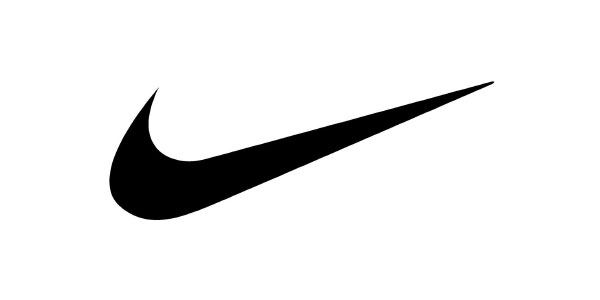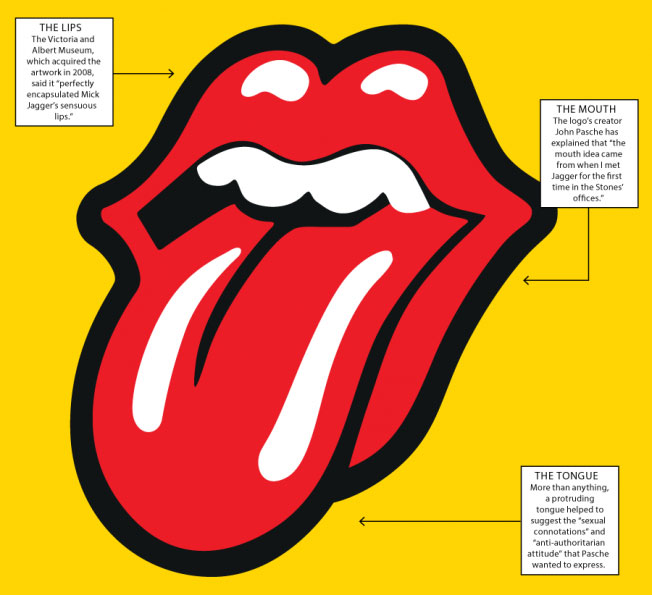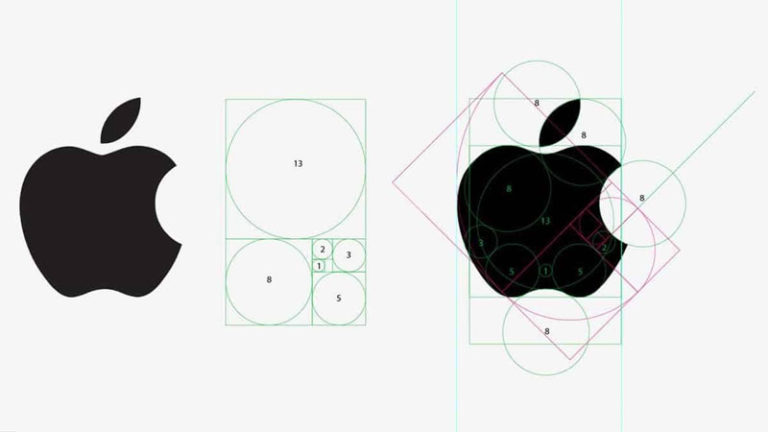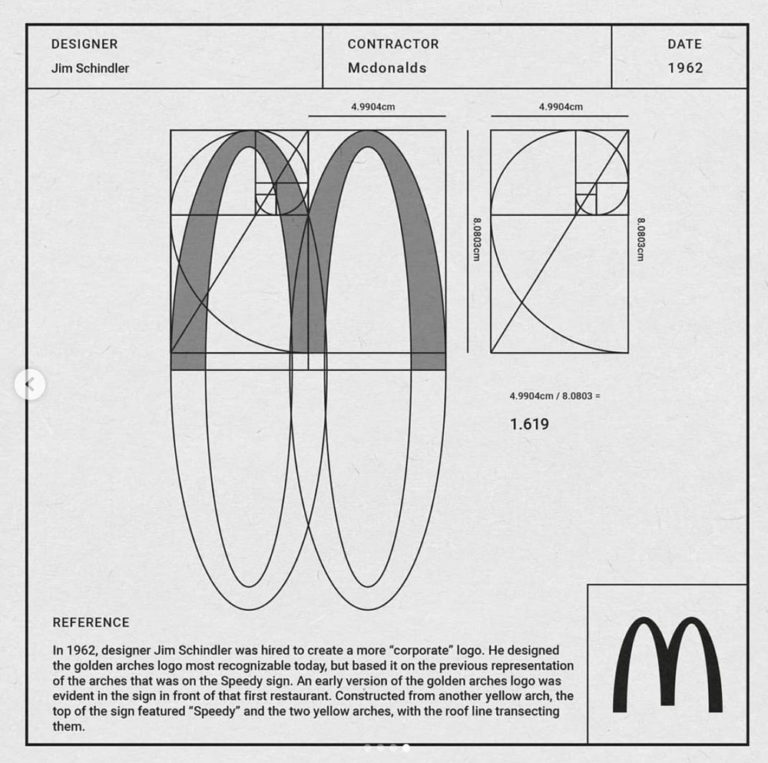Principles Of Logo Design For 2020

Feature Image Source: Freepik
The logo design industry, with the advancement of digitalization, have picked up pace in anchoring its position as the crown of business communication. A genius, and unarguably the best graphics designer, Paul Rand, describes the logo as the “jewels” in the crown itself.
This clearly tells us that logo designing withholds a lot of power in the communication world today. Although it appears as a singular piece of graphic, the prospect of its creation is quite daunting for designers. Thankfully, the experts have compiled a (updated) list of principles that keep the efforts systematized and provide criteria to stick to. Albeit through a bit of modification, all logos designed in any part of the country must adhere to these principles of logo design in order to achieve the intended goals.
A designer’s job is not only about making the logo visibly standout from the crowd. The idea of professional logo design conception in terms of graphics is quite easy to achieve. Employing outrageous designs can bring about that affect while keeping visuals minimum will also make the logos standout. Nevertheless, in today’s ultra-competitive market an effective logo is not one which appears outstanding graphically; instead, an impressionable logo is one that makes the right statement.
Below you will find six principles of logo designing that will help you direct your designer in creating ideally customized options. These principles will help you evaluate the end-product professionally.
1. Simplicity
It always was and always will remain the first and most important principle of logo designs. Experts emphasize on a logo’s simplicity because this is one factor that will either do or not do the trick. At a very first look, cluttered and detailed logo designs can potentially put off the viewer as it gives a sense of untidiness.
A logo shoulders the massive responsibility of representing your entire business as well as you. Therefore, it is closely observed that a simple logo indicates cleanliness whereas a cluttered one will reflect chaos. In respect to logos, always remember that less is more and keeping elements simple is going to look not only effective but impactful as well.
Take a look at the logos of the companies that are doing business in billions. In fact, just recall some of the logos you have encountered, and see which of them comes to mind. Doing so would audibly tell you that simplicity in logo designs is the best technique since these are not only small, but also published in all sizes and shapes. The clarity must remain when the logo is printed in any format other than the original. Get rid of elements that are not integral to what you aim to communicate.
2. Timelessness
The next important principle of logo designing is to make your logo timeless, yet modern. The key point here is to remember that your logo must not be trendy because this term speaks of something that is hyped today and will settle down tomorrow.
Explore: The Truth About Logo Design Trends
A trendy logo is exceptionally dangerous; it might see the light of today, may even become the talk of the town. However, once the steam runs out of the particular trend, you’d be looking to change designs.
The best logo looks not only modern but sophisticated today and for all the years to come. When we say the term “modern” it does not denote fanciful colors and frilly graphics. A modern design is contemporary, elegant and restrained to visuals. It does involve art but does not overdo it.

There is nothing sillier than agonizing over a logo to make it “hot and trendy” and then watching it appear quite outdated some five years later. Therefore, as the second strictest rule of logo designing, you must keep the elements timeless so that they last almost the entire lifetime of your business with only a bit of tweaking (if very necessary).
3. Impressionable
Your logo is not going to work if it doesn’t leave its impression on the viewer on the very first glance. Every logo design has a capacity of few moments to win or lose its audience, and therefore it gets crucial for every logo to appear impactful and memorable simultaneously.
In order to achieve these two extremely significant aspects, the third principle in the list tells you to keep your logo design fresh, unique and impressionable. Satellite shapes for telecommunication, a sketch of drink for a brand of food and other “understood” symbols for certain category of companies may have created the parameters, but try to differ.
There is no denying the fact that these symbols make sense and immediately communicate. However, queuing up along with the rest of the logos in the same graphics will not provide you with the ‘freshness’ that is integral to being memorable. Try to think out of the box and come up with something other than what the rest of the world is inventing.
Always remember that the principles of logo design stresses on originality and uniqueness while remaining low on visuals. It teaches the designers to come up with ideas that are easily recalled. For instance, “it had a shape of the mouth” is more easily recalled than trying to explain a logo with multiple elements and scenarios happening at once.

Image Source: adweek
4. Balanced Symmetry
Shapes play a very important role in manipulating our psychologies. They act discreetly and leave their affect without us having even a hint of it, Circles, squares, triangles; they all contain individual influences and there is a separate study linked to it.
Logos that are effective in their goals involve balanced symmetry and proportion. As the fourth principle of logo designing, employing this technique is mandatory to achieve intended results. Without a proportion amongst shapes and image, the logo is not going to give aesthetic and appealing vibes to onlookers. This fault can cost you all your hard work and your business’ reputation.
Have a look at the logos of Twitter or Apple Inc. Theirs is the best example of how to make the imagery and symmetry work together.

Image Source: inkbotdesign
5. Coherence
Coherence, or say, an agreement between the graphics, the typeface and the colors is immensely important. Although placed at number five, this particular principle is of equal importance to the one placed at number one. The best logo is also that which involves unity amongst its design elements to create a kickass visual identity. When a viewer looks at it, he feels a strong connection between all the components of the logo.
All the details of a logo must work together harmoniously and must complement each other. For instance, if the graphics of your logo is rounded or inclined towards the circular side, do not choose a typeface that is spiky or longitudinal. Select the font that enhances the graphics and brings out the symmetry you have chosen to integrate.
A logo that does not adhere by this specific rule stumbles some time in their journey onwards. A fault as major as this one might be overlooked once, twice or even thrice, yet it creeps up sometime later. The only option you are left with at that time is to renovate your logo completely. Wouldn’t it be better to focus on these principles of logo desining ahead of time?

Image Source: ZillionDesigns/Contest
6. Versatility
As the last and another very crucial principle for logo designs is focusing on its versatility. A designer must clearly understand the purpose of a logo – it serves as the ad of your brand on every format thinkable. Logos are the prime tool for marketing where articles, videos and other forms of advertisements fail to act. It does not only represent a specific company, but also convinces its customers by appearing on ball pens, t-shirts, water bottles, in black print and also as a huge billboard on the way to market.
Explore: How To Use Your Logo To Amplify Your Brand Identity?
In order for a perfectly and ideally designed logo to work, it must complement all kinds of formats and surfaces. Its pixels must neither be painfully stretched if the logo is printed on a very large surface, nor should the details appear microscopic if it is transferred to the smallest screens. Your logo must, at all times, maintain its purpose and withstand any kind of use whatsoever.
Henceforth, even if your design follows all the above five rules to their best capability, your logo will still not enter the race of business communication if it is not as versatile as it needs to be. A good designer will therefore know how to computerize your logo such that it does not loses its integrity from the original size.

Image Source: The Logo Study
Conclusion
Prior to directing your designer on the requirements of your logo, you must first sit back and think what exactly do you want your logo to say.
Logos are simple symbols with a bit of expert art conceived by post-graduates in the particular field. As a symbol, they cannot communicate via words. Therefore, in order for your logo to serve its purpose, you have to decide on its meaning yourself.
Take some time out to understand why you need a visual identity, what your brand stands for, what are the points that differentiate you from competitors and what makes you best. Once you will have acquired the answers to these pointers, you would know what symbol, colors and graphics you should utilize. You need to have an organized pathway towards creating a logo if you want a graphics designer to help you design a unique logo for your company.


